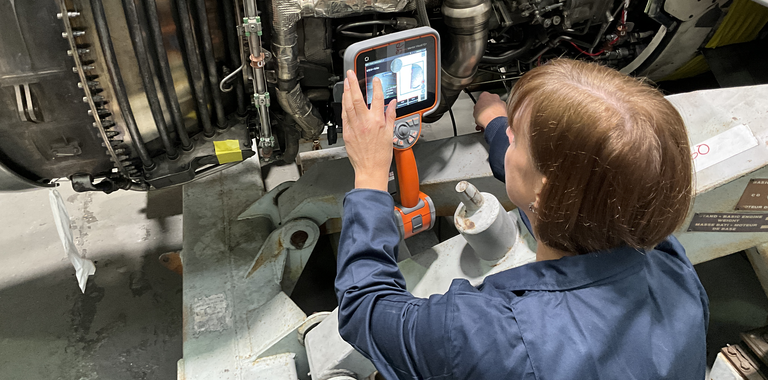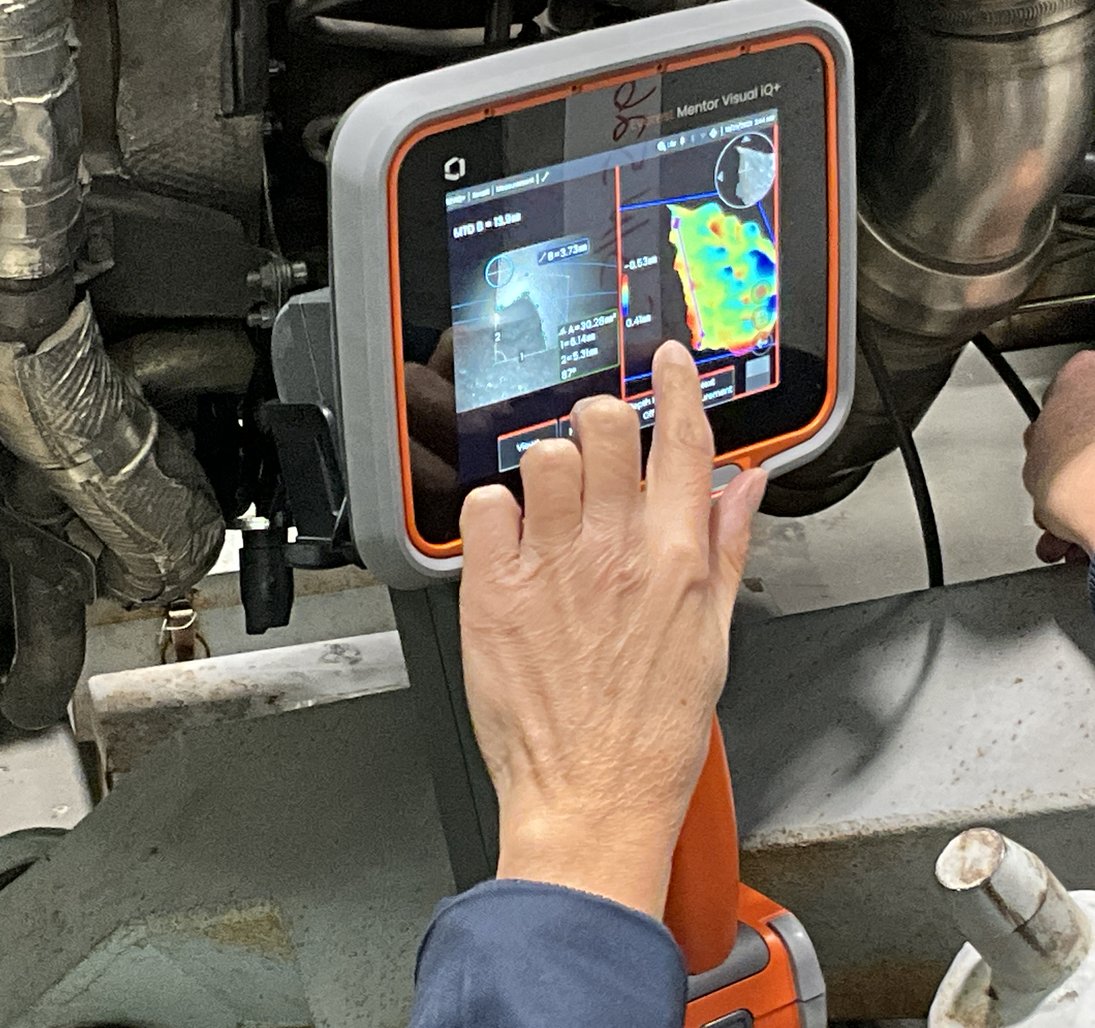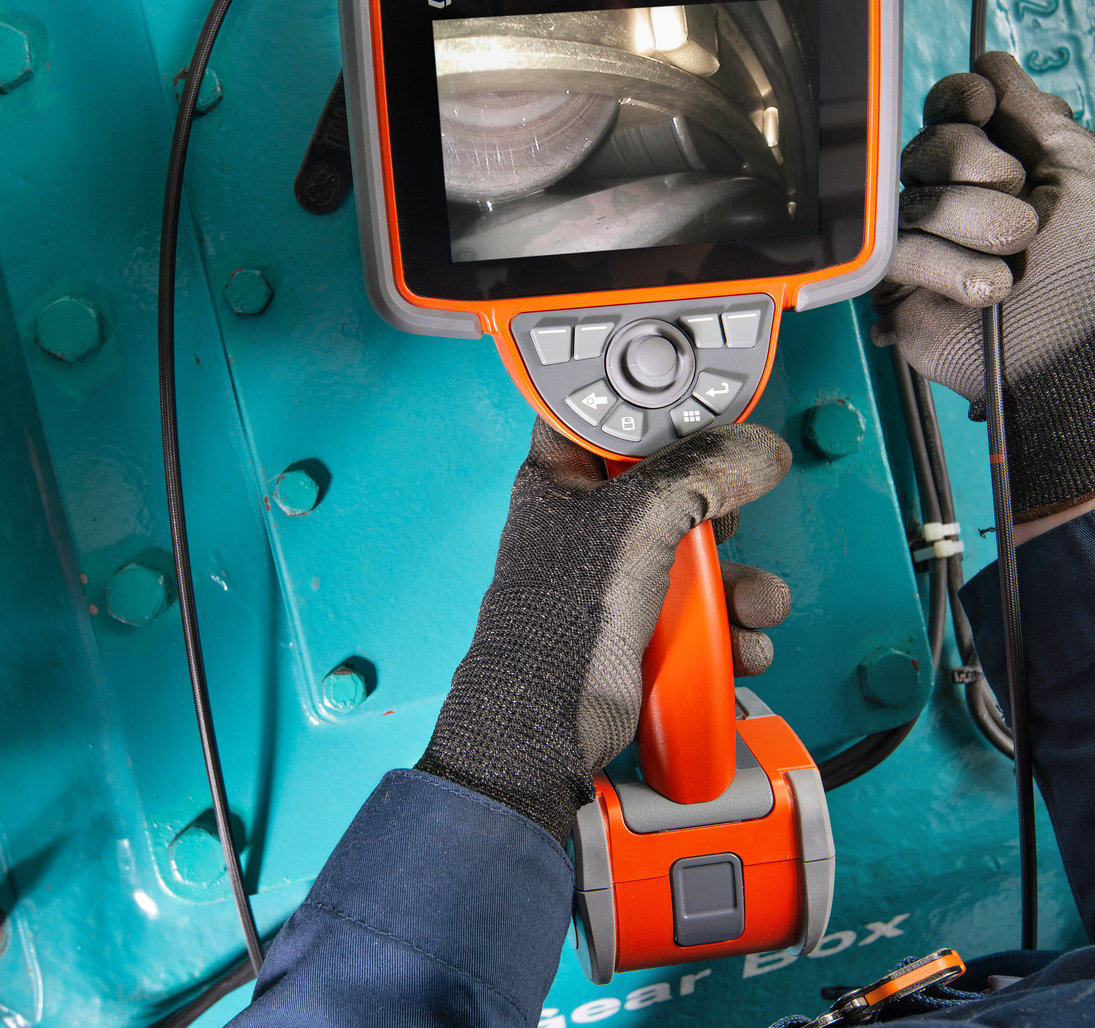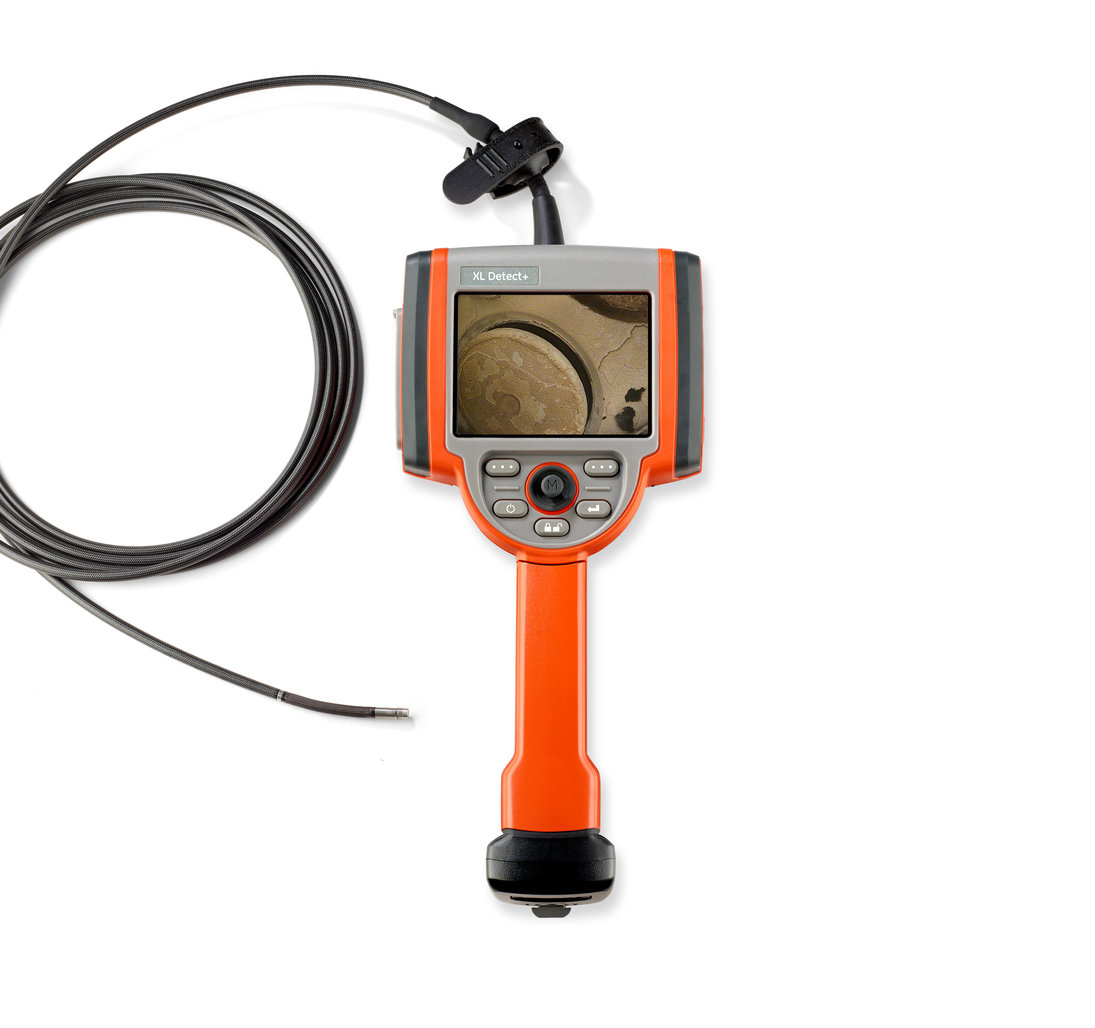
Guide for Aircraft Visual Inspections
In-situ visual inspections of gas turbines are essential within aviation: both on- and off-wing. They provide the only practical means to establish the serviceability or condition of the asset that does not necessitate costly and time-consuming disassembly. Inspections are triggered by an established series of events or scheduled timescales that are all designed to ensure continued safe operation. Aircraft maintenance manuals (AMMs) or engine manuals (EMs) contain detailed tasks that highly trained operatives need to strictly follow when carrying out all maintenance activities on the engines.
Routine scheduled maintenance of aircraft engines is managed by Maintenance, repair, and overhaul (MRO) facilities. These play a crucial role to ensure engines continue to safely operate spanning many decades. Engines inducted into such facilities undertake a highly detailed in-situ inspection to establish the overall condition before it is methodically disassembled, and parts are refurbished or replaced for new. Upon reassembly, the engine is tested to ensure it meets the appropriate performance standards and then once again inspected again as a final check before it is dispatched back to the operator for reattachment to the airframe and continue its lifecycle.
Non-scheduled events or arisings can also trigger on-wing in-situ inspections. These are captured within other documentation such as technical variances (TVs) or service bulletins (SBs). These documents outline inspections for either a specific engine or a range of engines listed by specific engine serial numbers (ESNs). Inspections can be a one-time instance, or they can be periodic in nature where multiple instances are required to track or trend the condition of the engine over a specific period of time or engine cycles. Events that trigger the creation of such non-scheduled inspection tasks can range in severity from the relative benign form of collecting visual data to establish more understanding of a particular problem to more serious mandatory inspections within very short timescales where safety concerns are considered much more severe. Airworthiness directives (ADs) are the highest level of documentation where very severe safety concerns have arisen as a result of new information that could affect serviceability of one or more engines.
Flexible videoscopes or borescopes are the devices that provide this critical form of visual information. These devices gain access into the engine through very small access ports that are routinely less than 10mm in diameter. They are remotely controlled by the skilled Inspector to navigate into the engine and be positioned to enable very detailed inspection of all of the critical components within what is called the gas path. Today’s highest quality borescope devices provide high-definition image clarity combined with digital measurement technology that enables anomalies be detected and measured in order to evaluate the overall condition of the component.
Inspections can vary in time. Some are strategic in nature and can target a very specific component of an engine stage, whereas others can be more extensive and consume many hours to undertake. Consideration of human factors is important to ensure the inspector is able to focus on the task at-hand since the consequence of performing an incomplete or inadequate inspection can be very serious. It’s important to ensure inspections are conducted in a safe manner such that they are thorough and meticulously undertaken but equally balanced with efficiency such that elapsed time is managed, and productivity remains high. Afterall, on-wing engine inspections mean that the aircraft is parked and not generating revenue for the operator.
Emerging artificial intelligence (AI) technology is now having a positive affect alleviating human factors that is now empowering inspectors perform inspections to the best of their abilities. AI can be harnessed to enable the device to scan the scene within the engine and highlight the presence of defects and present an appropriate indication on the screen for the inspector to see and decide its severity. The ability to now have defect recognition technology provides that “extra pair of eyes” to assist the trained inspector. Thanks to AI, the likelihood of missing defects during the inspection process is now reducing.
AI is also being leveraged to detect blades and simply offer the ability to count them as they pass by the borescope camera. This takes the burden away from the inspector so that they can again focus on their primary task: the inspection. The borescope provides on-screen count so that the inspector knows when a full revolution of blades has been inspected so that no wasted time is spent on parts that were already inspected. A multitude of tech is now onboard the device providing real time cost and time savings.
The design and technology incorporated into today’s flagship borescope from Waygate Technologies continues to develop at pace. Focus remains on excellence of image and measurement quality whilst providing technology that offers productivity and automation capabilities. Learn more about the different models of borescopes we recommend for aircraft maintenance.




